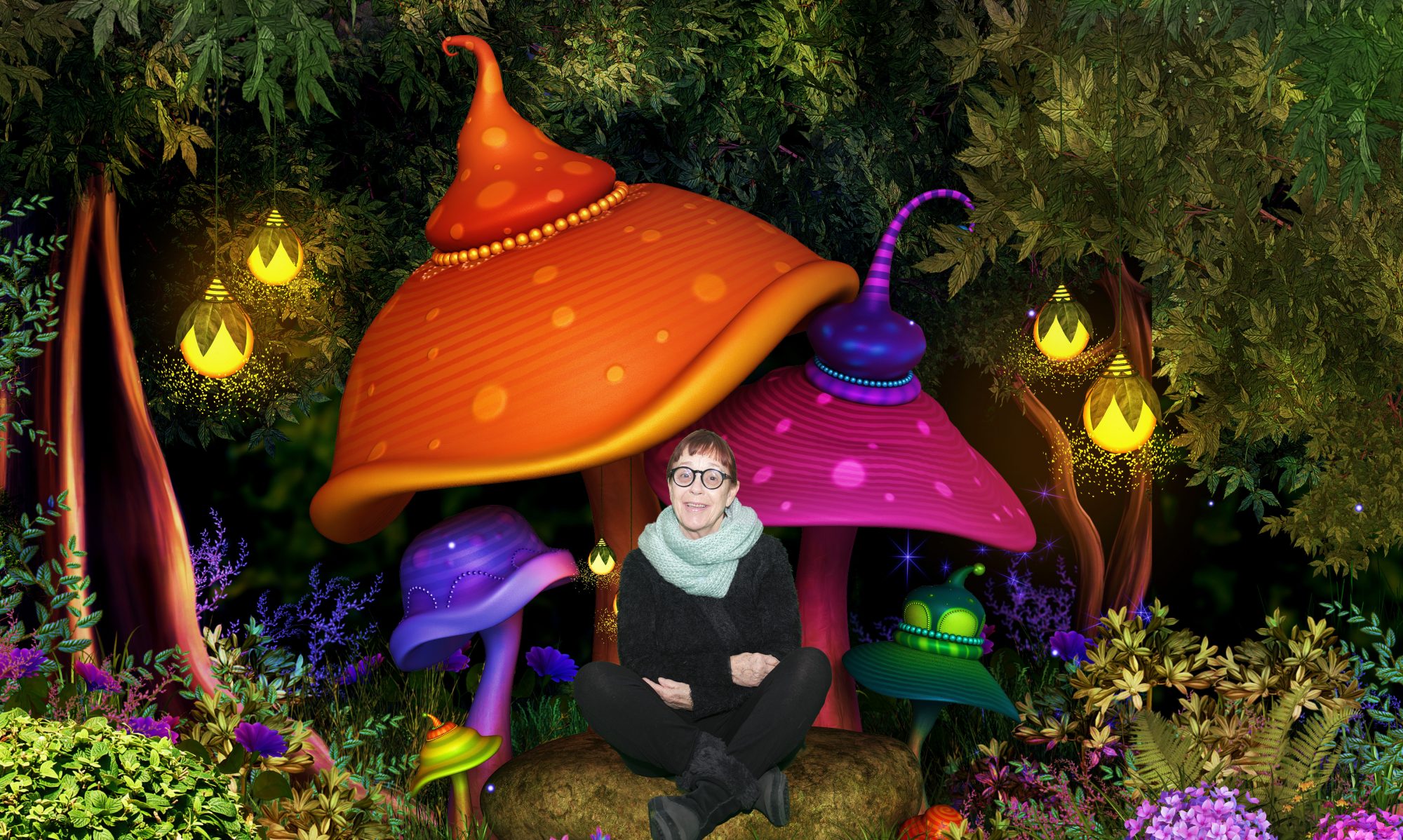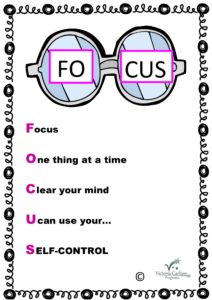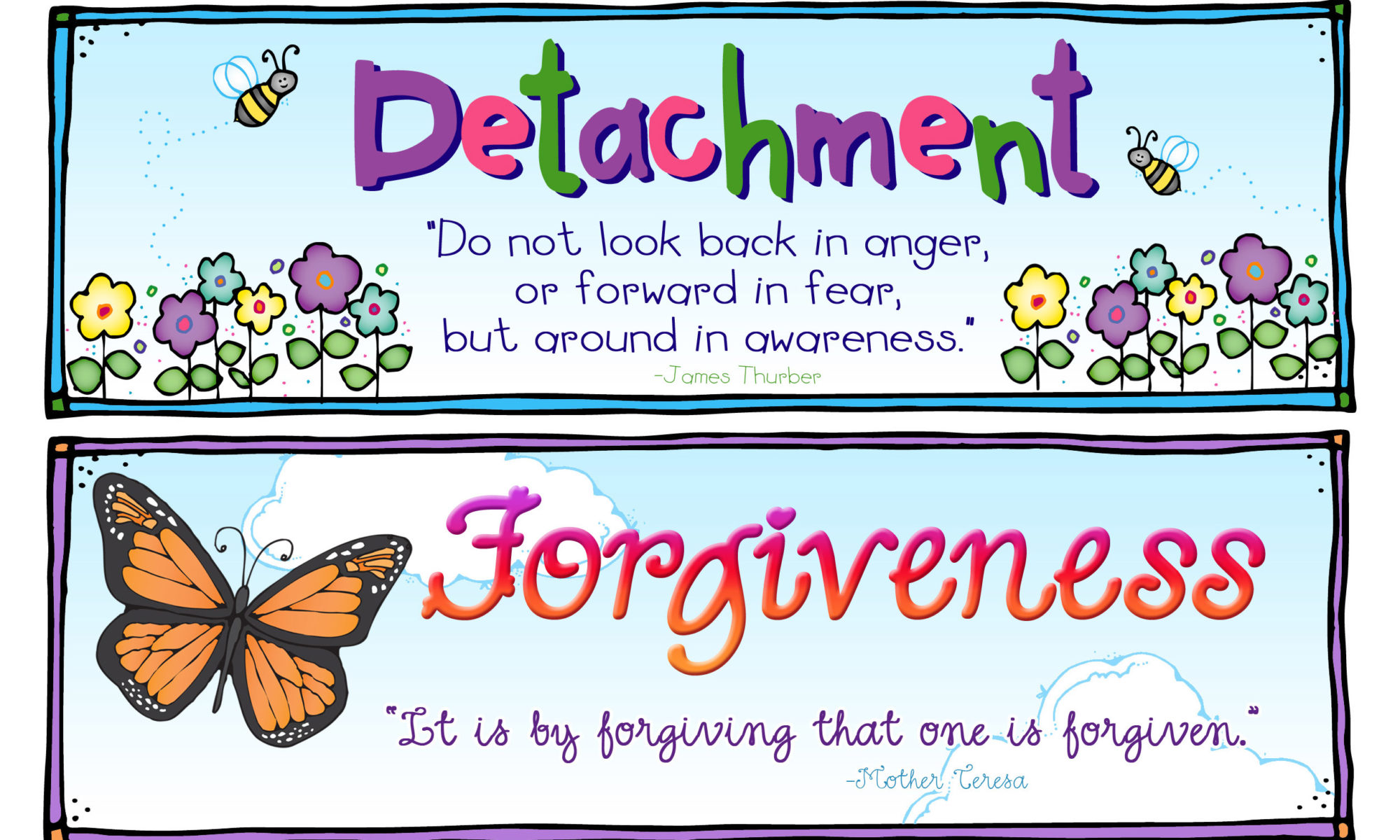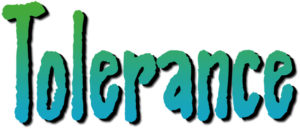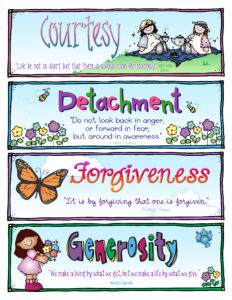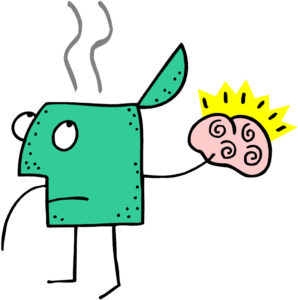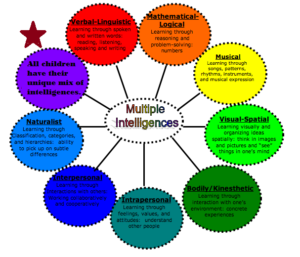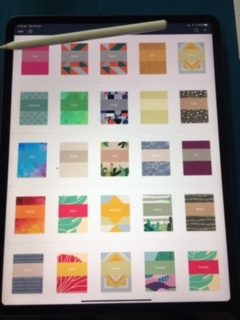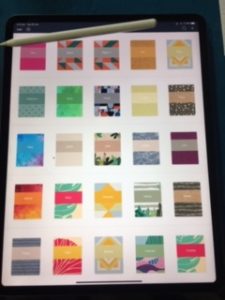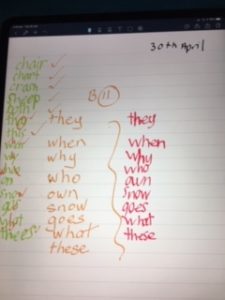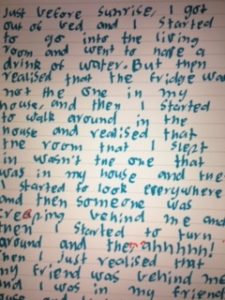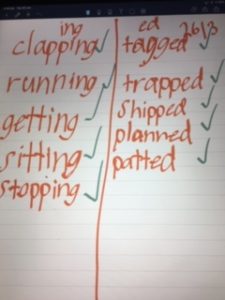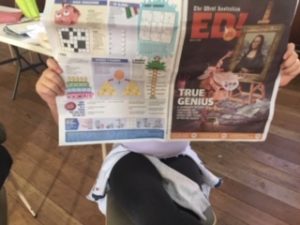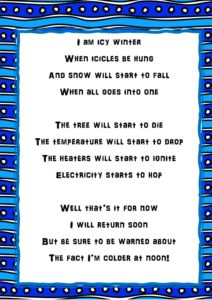 Towards the end of winter we had a “poetry feast” meaning we read lots of poems, wrote many and learned a little about the various types of poetry.
Towards the end of winter we had a “poetry feast” meaning we read lots of poems, wrote many and learned a little about the various types of poetry.
As usual the kids tried to write rhyming verse at first and then i showed them other types of poems and they became more experimental in their approach.
Each time we focus on poetry reading and writing I am always stunned by the joy and enthusiasm of ALL our students to read and experiment.
This year I added in a grammar component and we analysed the poems we read for use of strong adjectives, interesting proper nouns etc. It proved to be so effective for grammar revision but also showed students how real authors use grammar in effective, unusual ways.
During the lead up to Christmas we will be studying some spring/summer/Christmas themed poems and I look forward to the process.
So much of literacy can be reinforced with poetry including-
- rhyming
- phonics
- grammar
- literary and poetic devices
And of course- poetry gives my students an opportunity to express deep motions, examine ideas and beliefs and above all- have fun and experiment with words.
Our students love the fact that all the usual rules can be broken when writing poetry and when you are teaching “Da Vinci” type kids who are constantly experimenting and looking for adventures- poetry is a wonderful teaching tool!
